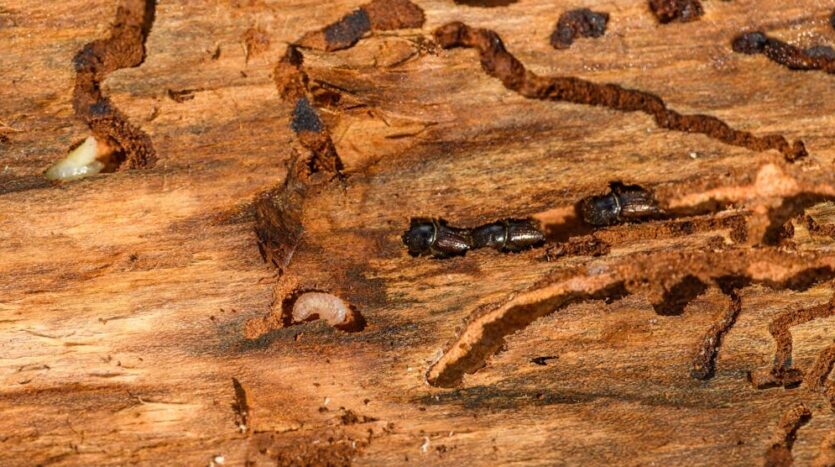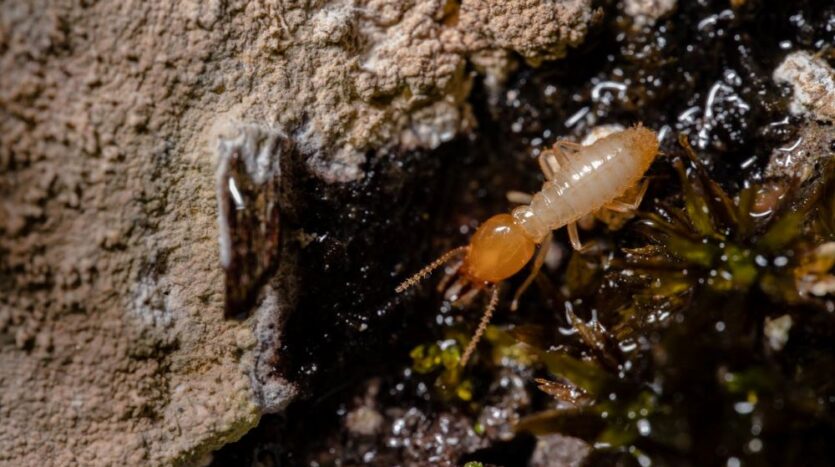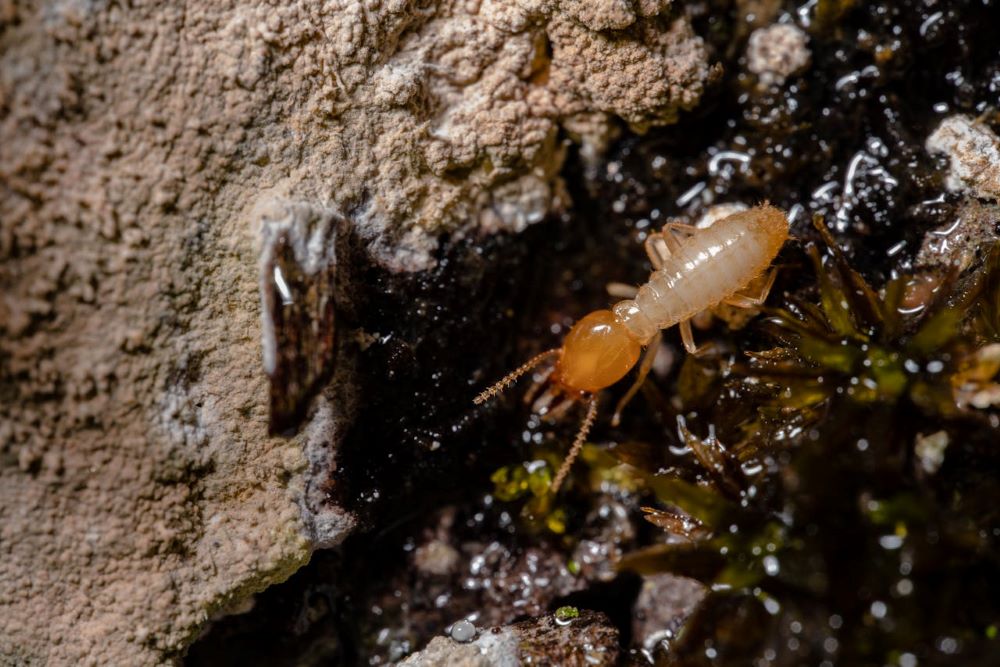Termite Issues Explained: 6 Key Tips You Need to Know to Solve the Problem
Termites can cause significant damage to homes, often going undetected until the problem has escalated. Known as “silent destroyers,” these pests feed on wood, silently compromising the structural integrity of buildings and resulting in costly repairs. With the right knowledge and approach, however, it’s possible to protect your property and effectively manage termite issues. Here are six essential tips for identifying, preventing, and treating termite infestations, helping you safeguard your home against these unwelcome invaders.
1. Recognize the Signs of Termite Infestation
The first step in tackling a termite problem is learning to recognize the signs of an infestation. Termites are stealthy pests, often hiding within walls, floors, and other structures, making them difficult to spot. However, there are some telltale indicators to watch out for, such as hollow-sounding wood, small holes in drywall, and mud tubes along walls or foundations. You may also notice discarded wings near windows or doors, as termites shed their wings once they establish a new colony. Additionally, if you see bubbling paint or warped wood, these could be indicators of moisture-related termite damage.
Addressing termite issues promptly is crucial. Early detection allows you to take immediate action, which can help minimize the damage and cost of repairs. It’s a good idea to conduct regular inspections, especially in areas with high humidity or near the foundation of your home. When in doubt, consult a professional pest control service for a thorough inspection to confirm the presence of termites and assess the extent of the infestation.
2. Identify the Type of Termite Infesting Your Home
Not all termites are the same, and different species require unique approaches for effective control. The two most common types are subterranean and drywood termites. Subterranean termites, the more aggressive species, build colonies underground and construct mud tubes to access wood structures. These termites are responsible for the majority of termite damage worldwide and are particularly challenging to eradicate. In contrast, drywood termites live inside the wood they consume, needing less moisture than their subterranean counterparts. This species often infests furniture and structural wood in homes.
Understanding which type of termite you’re dealing with can help guide your treatment plan. Subterranean termites typically require ground-based treatments, while drywood termites may need localized treatments directly targeting infested wood. Identifying the species can also help pest control professionals recommend the most effective termite treatment. If you’re unsure, an inspection from a termite expert can help determine the type and suggest targeted solutions for your situation.
3. Use Chemical Treatments for Immediate Relief
If you’re already dealing with a termite infestation, chemical treatments can provide immediate relief and help prevent further damage. There are several types of chemical treatments available, including termiticides, which are applied to soil around your home, and direct wood treatments, which are applied to infested wood. Some termiticides create a barrier around the property that repels or kills termites on contact, while others work as slow-acting baits that are taken back to the colony, affecting the entire population.
For homeowners in high-risk areas, they need specialized solutions that are both powerful and safe. With the structural integrity of their homes on the line, they should leave nothing to chance when addressing termite problems. Providers of professional termite treatment in Brisbane recommend contacting local pest control companies that offer effective, customized solutions tailored to the local termite population. Experienced pest control providers use specialized equipment and chemicals not available to the general public, ensuring thorough and safe application. Whether opting for liquid treatments, bait stations, or a combination, consulting with a termite specialist will help you achieve the best results in managing and eradicating the infestation.
4. Schedule Regular Termite Inspections
Preventing termite infestations is far easier and less costly than treating them once they’re established. Scheduling regular inspections, ideally on an annual basis, is one of the most effective ways to protect your home from termites. Professionals can identify early signs of termites that may go unnoticed, using advanced detection techniques like infrared cameras or moisture meters to locate hidden colonies. Routine inspections can also alert you to potential vulnerabilities in your home, such as wood-to-soil contact or structural areas prone to moisture buildup.
In high-risk areas, frequent inspections are especially important. A professional inspection provides peace of mind and ensures that your termite prevention efforts are on track. An experienced inspector will offer guidance on maintenance practices and identify areas that may require treatment, helping you address minor issues before they escalate. With regular monitoring, you can detect any termite activity early and maintain a pest-free home environment.
5. Eliminate Moisture Sources
Termites thrive in moist environments, so reducing moisture around your home can make it less inviting to them. Subterranean termites, in particular, are drawn to damp soil and wood, making it crucial to address any water accumulation around the foundation. Check for leaky pipes, clogged gutters, and poor drainage, all of which can contribute to moisture buildup. Ensuring your yard and crawl spaces are dry can reduce the risk of attracting termites to your property.
To further deter termites, consider using dehumidifiers in damp areas like basements and improving ventilation throughout your home. Additionally, ensure that downspouts direct water away from your foundation, keeping the soil around the house dry. By addressing these moisture issues, you’re not only creating an inhospitable environment for termites but also protecting your home from other moisture-related problems like mold and mildew.
6. Create Physical Barriers to Protect Your Property
Physical barriers are a proactive way to prevent termites from entering your home. Many homeowners use termite shields or metal barriers around the foundation to block termites from accessing wood structures. Additionally, using sand or crushed granite barriers around the perimeter of your property can deter subterranean termites, as these materials are difficult for them to tunnel through. Building materials treated with termite-resistant chemicals can also provide long-term protection.
Installing physical barriers is especially effective in high-risk areas prone to termite infestations. If you’re planning any renovations or a new construction project, discuss termite prevention methods with your builder, as these barriers can often be integrated during construction. With a combination of physical barriers and regular inspections, you’ll have a stronger defense against termites entering your property.
With these six essential tips, you’re well-equipped to tackle and prevent termite problems, protecting your home from costly damage. From identifying the signs of infestation to implementing effective treatments, each step plays a vital role in keeping your property safe. By combining preventive measures with professional support, you can stay ahead of termite issues and ensure a secure, termite-free environment for years to come.










